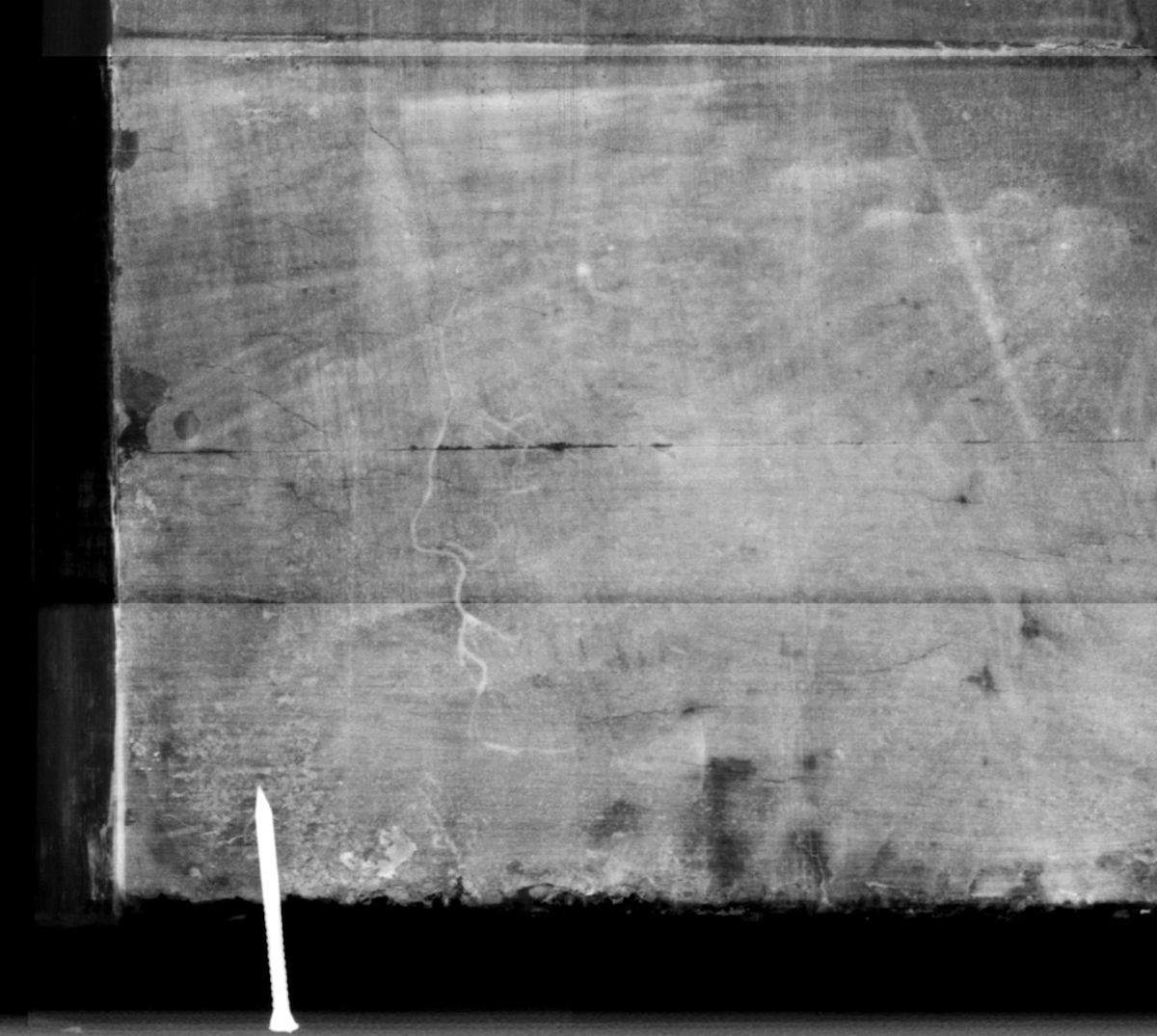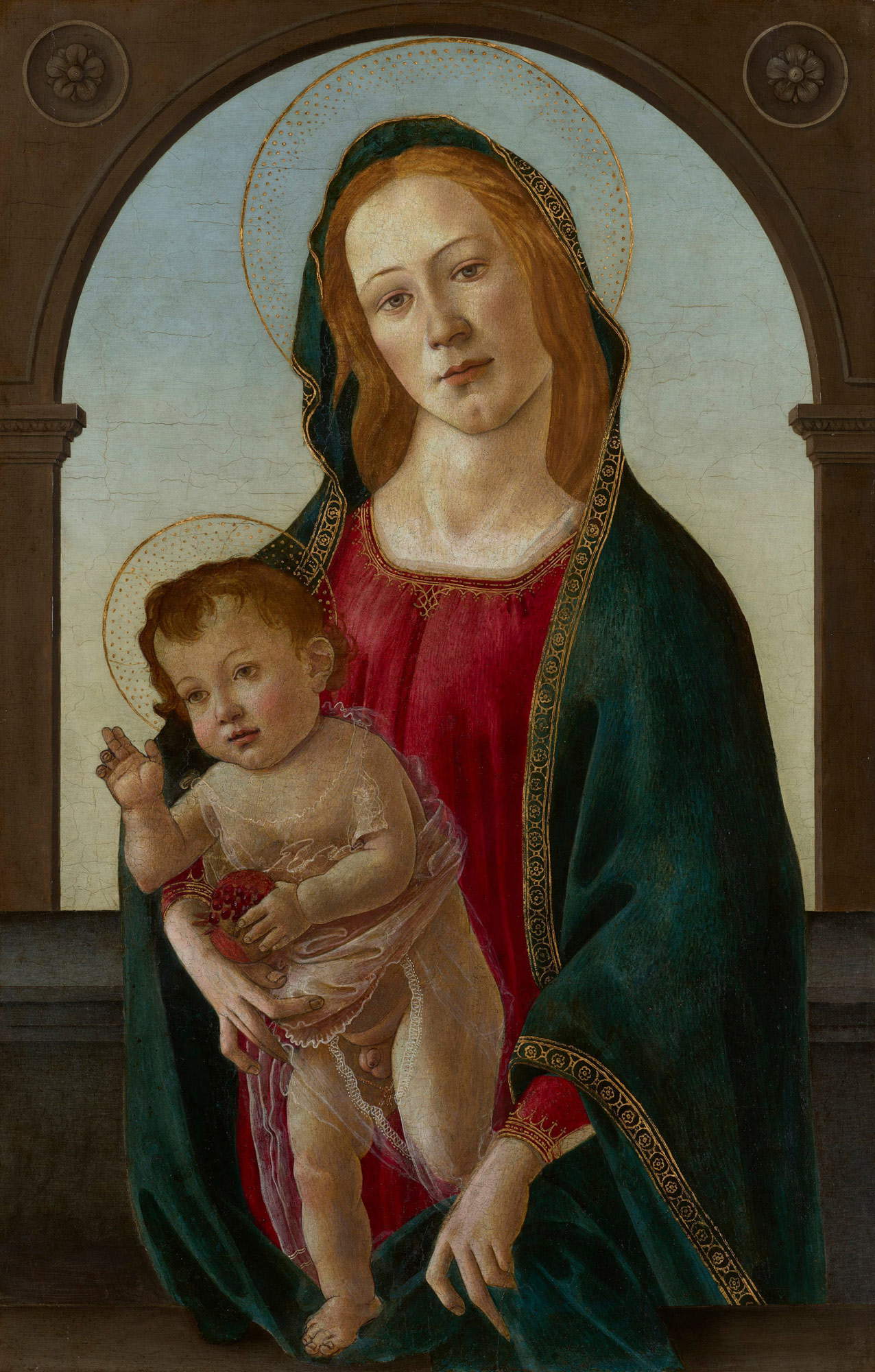The National Museum Wales has reassessed its position on a painting that until now had been thought to be an imitation of the style of Sandro Botticelli (Florence, 1445 - 1510). It is a Madonna and Child that has been in the Cardiff museum since 1952, when its owner, Gwendoline Davies, donated it to the museum as a bequest in her will. Davies, moreover, thought it was a real Botticelli, but at the time the painting entered the Welsh museum as a mere copy.
The reevaluation of the painting came about thanks to a BBC television program, Britain’s Lost Masterpieces, during which, at the urging of the host, art historian Bendor Grosvenor, art history experts examine a painting each time to better understand its history and possibly revise its attribution. Grosvenor recalled seeing the painting in the museum and being struck by the “extraordinary beauty” of the Madonna’s face. “Despite the repainting,” he said, "some parts remind me of Botticelli’s most famous painting, the Birth of Venus. I am convinced that Botticelli played an important role in its creation, and I am glad that it is now back to be shown to the public."
The change in attribution was confirmed by the National Museum of Wales following cleaning and analysis conducted by conservator Simon Gillespie, who said it is a work of great quality. In addition, infrared investigations revealed the presence of the drawing typical of Botticelli’s workshop, as well as numerous pentimenti (especially in the part of the hands), which would prove that the painting is not an imitation.
The analyses also revealed a sketch attributed without hesitation to Botticelli: it is the profile of a man’s head, made before the painting was completed. The background, with the arch opening to the sky, was instead added later, in the early 20th century, probably to hide the fact that the painting had been greatly reduced in size at an unspecified time. The restorers decided to leave it in as it was nonetheless part of the work’s history.
“The results of the operations are impressive,” said Adam Webster, chief conservator of National Museum Wales, “and show that conservation plays a crucial role in the appropriate understanding of our heritage. We are very pleased with these results. The painting is now beautifully displayed in our gallery and I hope fans of the BBC series will come to enjoy this masterpiece.”
In the following photos: the Botticelli sketch that emerged from the investigation, the drawing below, and the painting.
 |
| The sketch with the profile of a man |
 |
| The drawing below |
 |
| Sandro Botticelli, Madonna and Child (panel; Cardiff, National Museum Wales) |
 |
| This painting is a true Botticelli. National Museum of Wales reevaluates work hitherto thought to be an imitation |
Warning: the translation into English of the original Italian article was created using automatic tools. We undertake to review all articles, but we do not guarantee the total absence of inaccuracies in the translation due to the program. You can find the original by clicking on the ITA button. If you find any mistake,please contact us.